Planting forages for browsers & grazers
Your next step is to learn the basics of soil health, as well as understanding why certain plants grow on certain soils. My first step in replanting Oak Hill was to reread the book Eco-Farm by Walter Fenzau. Eco-Farm is considered by many to be the basic text on soil balancing, pasture plants, weeds as a soil diagnostic, and many other useful topics that go beyond the conventional Nitrogen-Potassium-Phosphorus (N-P-K) model of farming. I highly recommend that every farmer read and reread this book.
Next, get soil tests done. Each plant species grows best under certain soil conditions. Plant in a soil that doesn’t match that plant, and your seedlings will not thrive. You can get soil tests through your local extension office or from various fertilizer vendors. I used my local extension office. Test for pH, the major minerals and carbon. The soil test results, combined with the weeds currently living on my land, gave me a good indicator of what my next steps to pasture health would be. I talk in more depth about soil tests and fertilizers in some other posts on here. This first soil test will be your baseline to judge all your future efforts against, so make sure it is done correctly.
You also need to identify your goals for the land. Is this supplemental feed? Their entire food source? Are you grazing year-round or seasonally? Do you have dry lots or runways available? Do you plan to use rotate, and if so, how intensively? What changes would you like to see in your soil tests to indicate you are on the right track to healthy soil? Planning strategies for these different approaches is beyond the scope of one blog post. This should help you start looking in the right direction in your research. At Oak Hill, the pastures are the primary food source for my goat herd, and a supplement for my horses. I rotate between 4 sunny fields and 2 woods pens, plus my horses have access to unplanted runways around the perimeter for exercise. Rotation time varies depending on how fast the plants are growing and how fast the goats are eating. My goal for the soil health is to see more earthworms and earthworm castings, see improved soil test pH of 6.8 to 7.0, see carbon numbers increase, and get my high potassium numbers down. Other goals are seeing the soil turn a rich dark brown with accumulated humus (organic carbon matter), and have a layer of thatch that allows soil organisms to overwinter with plenty of food and shelter.
To address the horse needs first, horses are grazers, and prefer grass species, legumes like clover, and some weeds. Horses do best when the majority of their diet is well-mineralized grasses. I did internet searches on horse pasture seeds and found many useful links for seed purchases and reference material. Seedland has basic horse pasture information at http://www.horsepasture.com/ Seedland also put together some helpful charts of forage types at http://www.farmseeds.com/management/grazing-horses.html Horses will also browse on herbs, forbs and the occasional brush. Possible herbs for horse pastures include Melilot, Fenugreek, Fennel, Lemon Balm, Chicory, Queen Anne’s Lace (wild carrot), Dandelion and Chamomile. These herbs will not stand up to heavy hoof traffic.
Goats are a nice plant balancer when rotated with horses. In contrast to horses, goats do best on browse such as legumes (think clover), brassicas (think turnip, kale), herbs, forbs, weeds, and brush rather than grasses. After looking up all the possible plants appropriate for goat pastures, I eliminated any that would be bad for horses. As I already have many goat-appropriate plants growing, I plan to add:
brassicas (I chose kale, in hopes that I can pick some for myself)
comfrey
purple coneflower
sunflowers
Seed mixes advertised for deer feeding plots are very goat friendly. If I didn’t have horses, I would check with my extension office to see if lespedeza is classified as invasive in my area. If not invasive, I would add this to a goat-only pasture, as the high tannins are known to help with parasites.
Two additional links that are general for all species:
Hobby Farms – grasses and pasture plants
herbs for pasture
As you are reading through websites and catalogs and textbooks making your seed choices, please be aware of seeds labeled GMO or hybrid. GMO stands for genetically-modified organism. There is mounting evidence that genetically-modified organisms (GMOs) are not safe for livestock or humans. A hybrid is not a GMO. Hybrids are cross-bred seeds, and perfectly safe. Many hybrids are an improvement over the parent seeds. You can read more about the difference between GMO and hybrids at Mother Earth News.
A side note on overseeding and no-tillage farming: I overseed for 2 reasons. First, my soil is rocky, and plowing just turns up more rocks. Second, and more importantly, healthy soil is a living organism with distinct layers, and various soil-enhancing creatures living in each layer. Plowing disturbs these layers and also kills earthworms, making the soil less healthy. There are some excellent pictures of healthy soil layers on this extension office page. Think twice, and then think a third time before choosing to till up your soil. Remember, if your soil has a large population of undesirable plants, you can change your soil chemistry and stop those plants from thriving. If you plow them under, you have done nothing to change the chemistry, and they will come back. Weeds are not a mistake, they are nature’s way of rebalancing the soil. Read Eco-Farm.

Water
You May Also Like
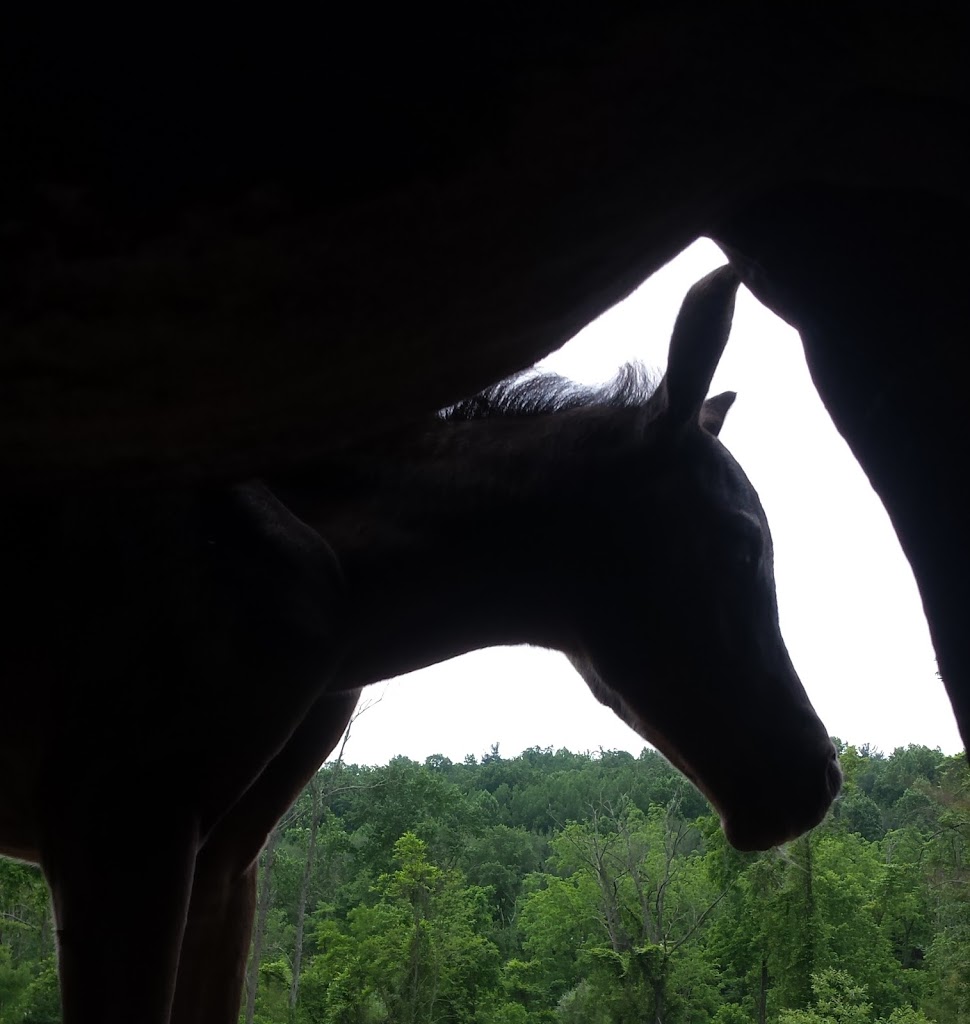
Day 3: Nasr the rare baby Arabian horse
June 11, 2018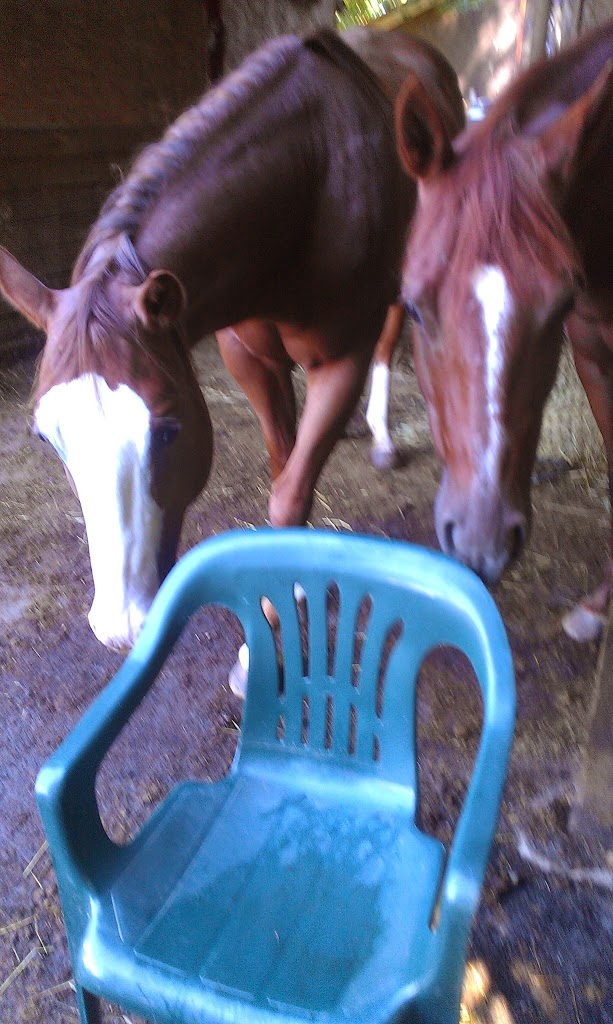
Week 3 of the Chair Challenge from Carolyn Resnick
April 28, 2016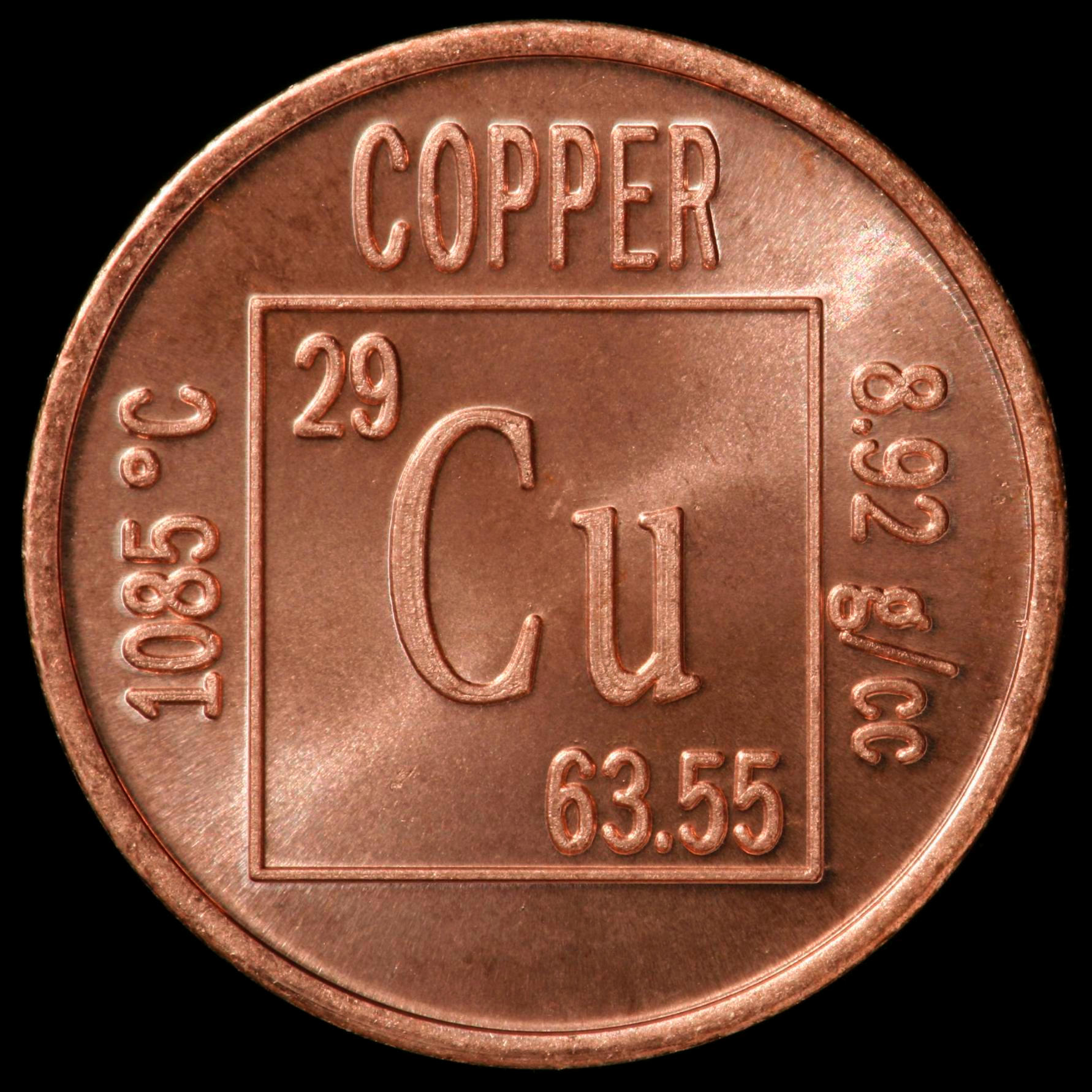
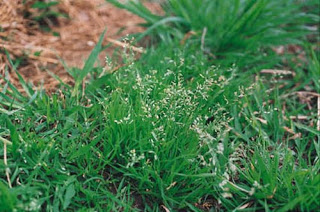
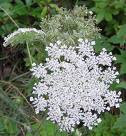

One Comment
Linda Foley
This is very interesting and informative. Thank you…